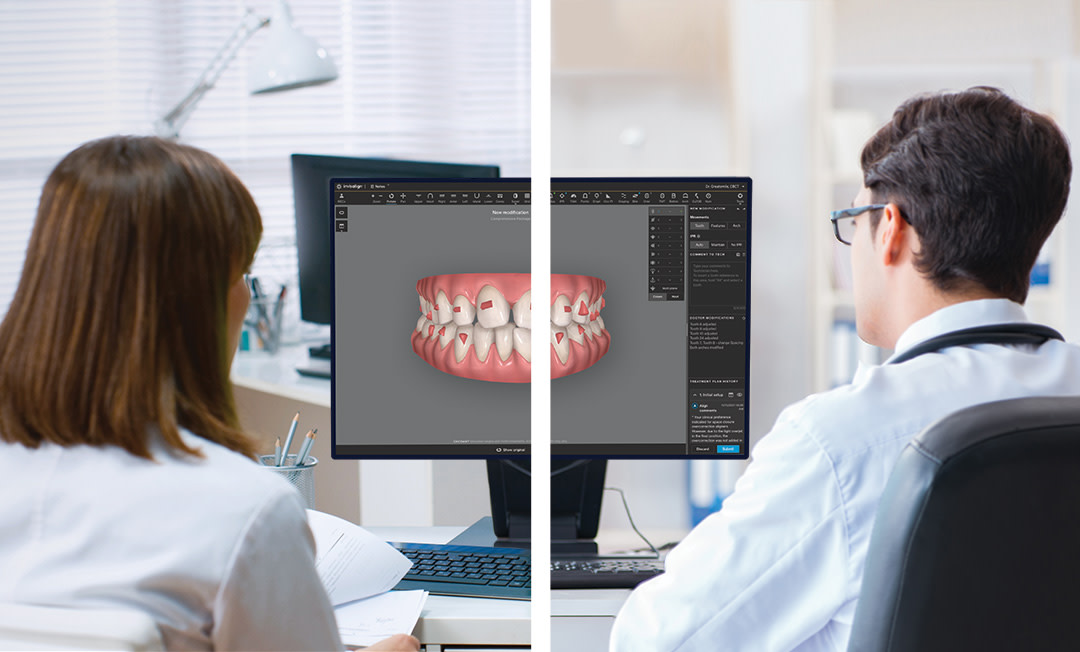88% of surveyed dentists in North America think it is necessary to have a patient’s teeth in the optimal position before starting any restorative procedures1
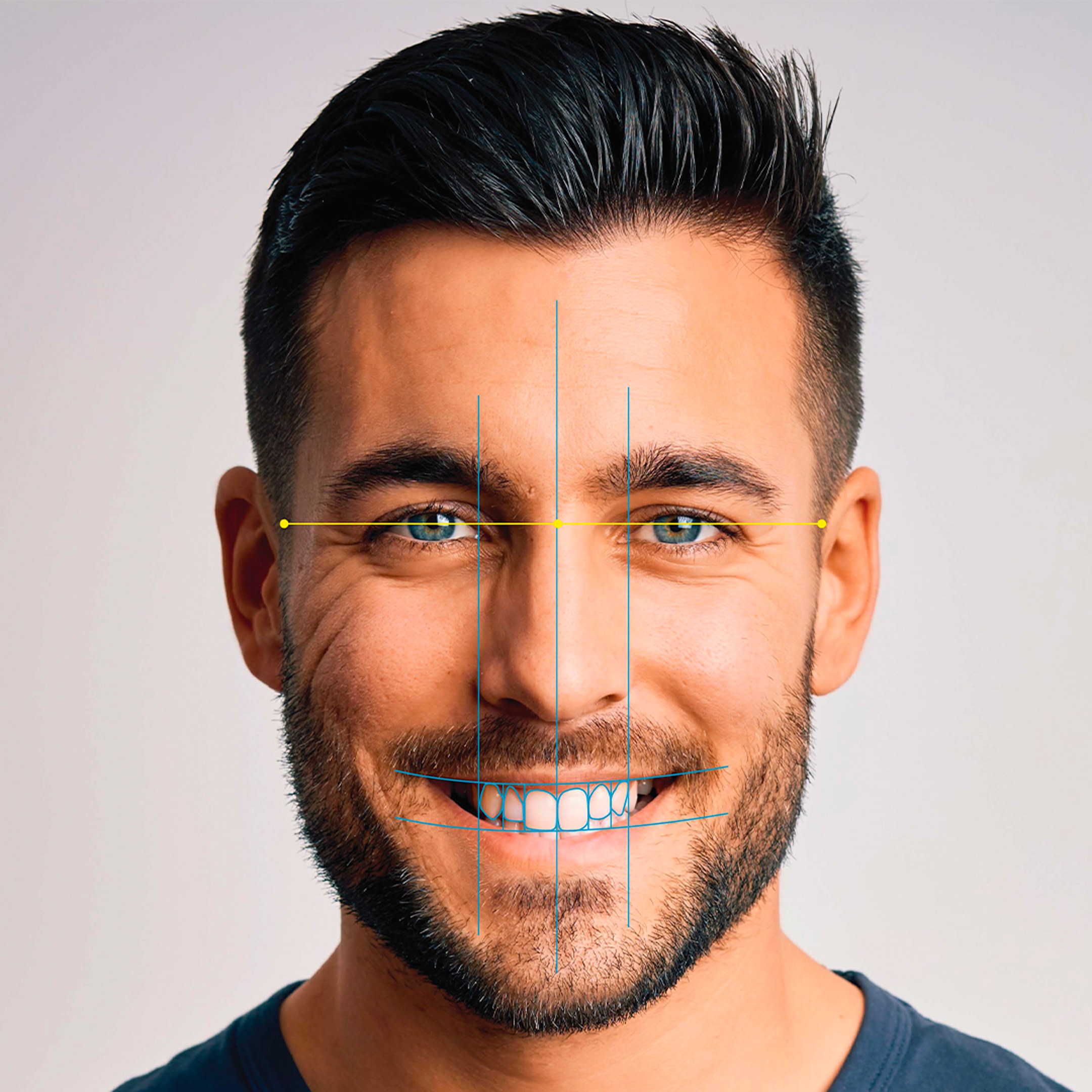



“Achieve functional, long-lasting restorations.”
Dr. Ronnie Yap, Singapore
Hear Dr. Ronnie Yap explain that comprehensive dentistry is about looking at the case holistically. He shares his experience incorporating tooth movement into his aesthetic practice.
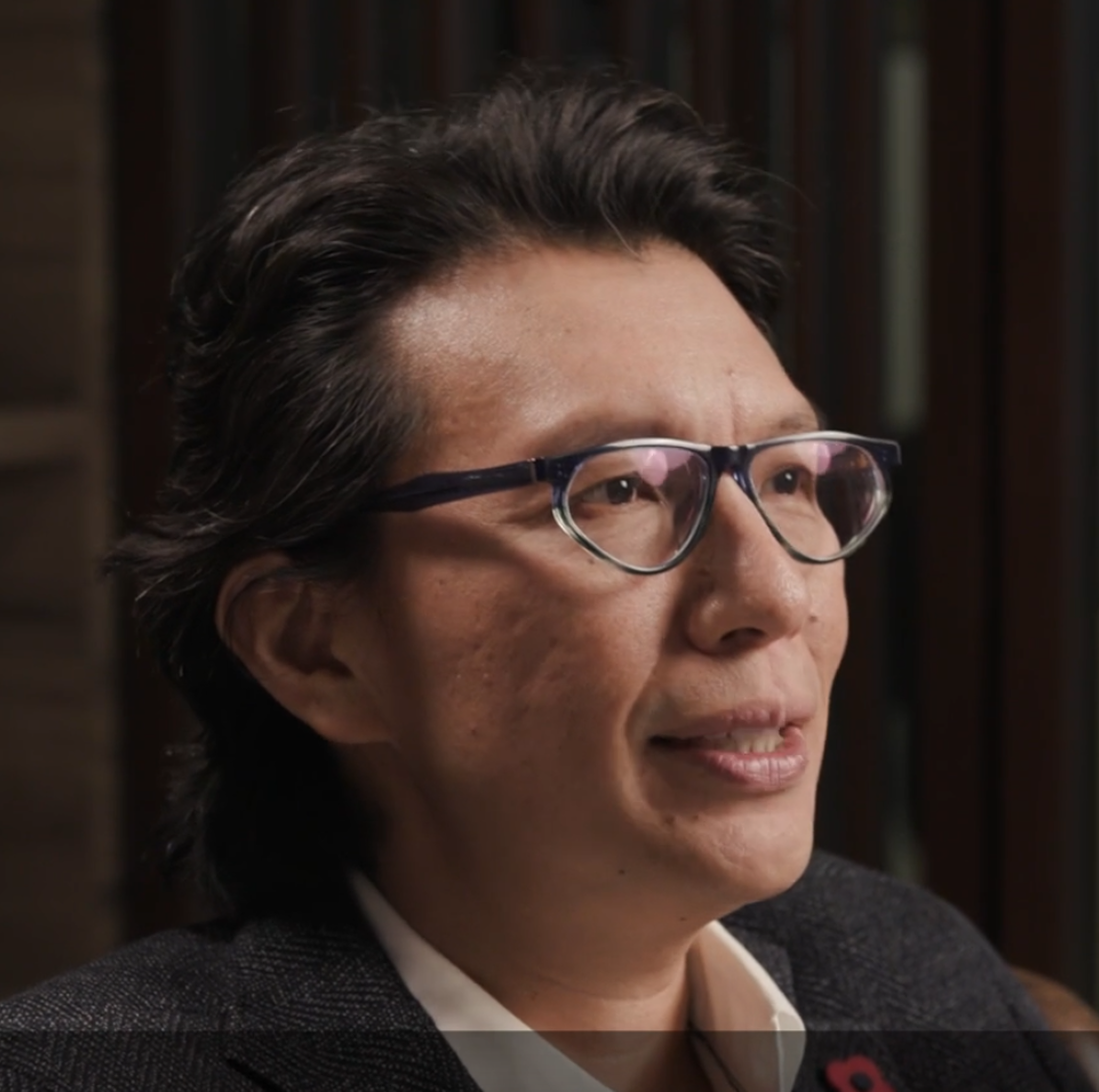

Unlock Aesthetic Dentistry Insights


Trends in Aesthetic Dentistry
Discover how to meet the rising demand for aesthetic treatments with the Trends in Aesthetic Dentistry eBook.


Module 1 of Treatment Guide:
Tooth repositioning with clear aligner therapy for comprehensive dentistry
Discover tooth movement and its impact on oral health, aesthetics and function.
Why integrate tooth movement into your aesthetic practice?


Elevate aesthetic outcomes
Pre-restorative alignment prevents interference with malocclusion, clearing heavy contacts, providing a stable occlusion foundation, allowing for a functionally stable and long-lasting restorations.2,3,4 .
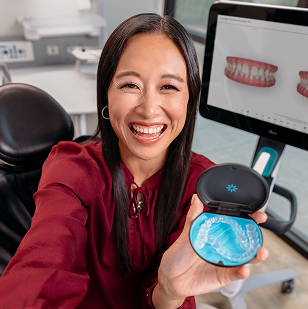

Respond to growing demand
Patients frequently prefer tailored, comprehensive treatment plans that address their specific concerns, even if it involves a high cost and longer treatment time.5


Accelerate practice growth
45% of restorative procedures could benefit from tooth movement5. Unlock this opportunity for your practice.


Elevate aesthetic outcomes
Pre-restorative alignment prevents interference with malocclusion, clearing heavy contacts, providing a stable occlusion foundation, allowing for a functionally stable and long-lasting restorations.2,3,4 .


Respond to growing demand
Patients frequently prefer tailored, comprehensive treatment plans that address their specific concerns, even if it involves a high cost and longer treatment time.5


Accelerate practice growth
45% of restorative procedures could benefit from tooth movement5. Unlock this opportunity for your practice.
Case study: Discover the clinical impact of pre-restorative alignment
This case study highlights the possible outcomes with pure restorative or ortho-restorative techniques.
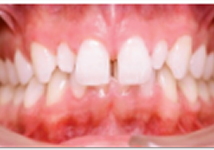
Irregular spacing
In cases where teeth are unevenly spaced such as a diastema (A), veneers may be required to fill the gap and create the desired aesthetic result
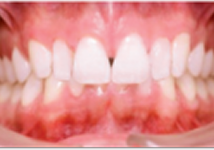
Without pre-restorative tooth alignment
In this case, the width to height ratio of veneers was altered to cover the diastema. This approach may result in an unintended black triangle and disproportionate upper incisors (B).
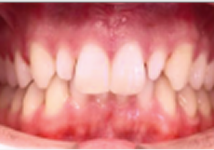
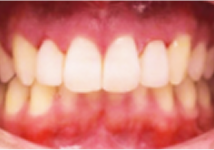
With pre-restorative tooth alignment
When the spacing is redistributed before restorative work begins (C), veneers can be made with ideal proportions to produce a more natural, pleasing smile (D).*

Irregular spacing
In cases where teeth are unevenly spaced such as a diastema (A), veneers may be required to fill the gap and create the desired aesthetic result

Without pre-restorative tooth alignment
In this case, the width to height ratio of veneers was altered to cover the diastema. This approach may result in an unintended black triangle and disproportionate upper incisors (B).


With pre-restorative tooth alignment
When the spacing is redistributed before restorative work begins (C), veneers can be made with ideal proportions to produce a more natural, pleasing smile (D).*
*Case courtesy of Dr. Cristina Viyuela, Spain. The diastema was closed, but the treatment resulted in poorly contoured, disproportionate teeth and the black triangle. The lateral incisors were also restored with either direct (composite) or indirect (ceramic) veneers that are poorly shaped and disproportioned. The final post-Invisalign® treatment result is likely a combination of either aesthetic gum recontouring or edge composite bonding of the centrals, whitening, and veneers on the laterals. Visit https://alignglobalgallery.com/ to view other similar cases.
A majority of international dentists believe in Invisalign treatment to complement restorative treatment.
of surveyed dentists in North America think it is necessary to have a patient’s teeth in the optimal position before starting any restorative procedures1
of surveyed dentists in North America use Invisalign treatment as pre-restorative technique6.
of surveyed dentists in North America recommend Invisalign treatment as a pre-restorative technique7
of surveyed dentists in North America think it is necessary to have a patient’s teeth in the optimal position before starting any restorative procedures1
of surveyed dentists in North America use Invisalign treatment as pre-restorative technique6.
of surveyed dentists in North America recommend Invisalign treatment as a pre-restorative technique7
It’s simpler than ever before to start your journey into tooth movement.
Transform your practice in 3 easy steps.


1. Register your interest here
Complete a short registration form to help us connect you to our onboarding team.
2. Become an Invisalign Provider
Complete the online training course with one patient case to put learnings into practice.
3. Start treating patients
You’re ready to offer the most advanced clear aligner system in the world8 to your patients.


1. Register your interest here
Complete a short registration form to help us connect you to our onboarding team.
2. Become an Invisalign Provider
Complete the online training course with one patient case to put learnings into practice.
3. Start treating patients
You’re ready to offer the most advanced clear aligner system in the world8 to your patients.



